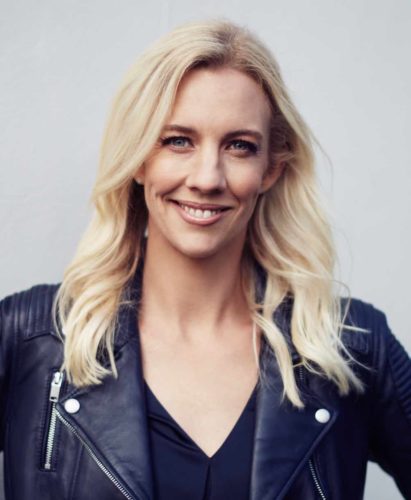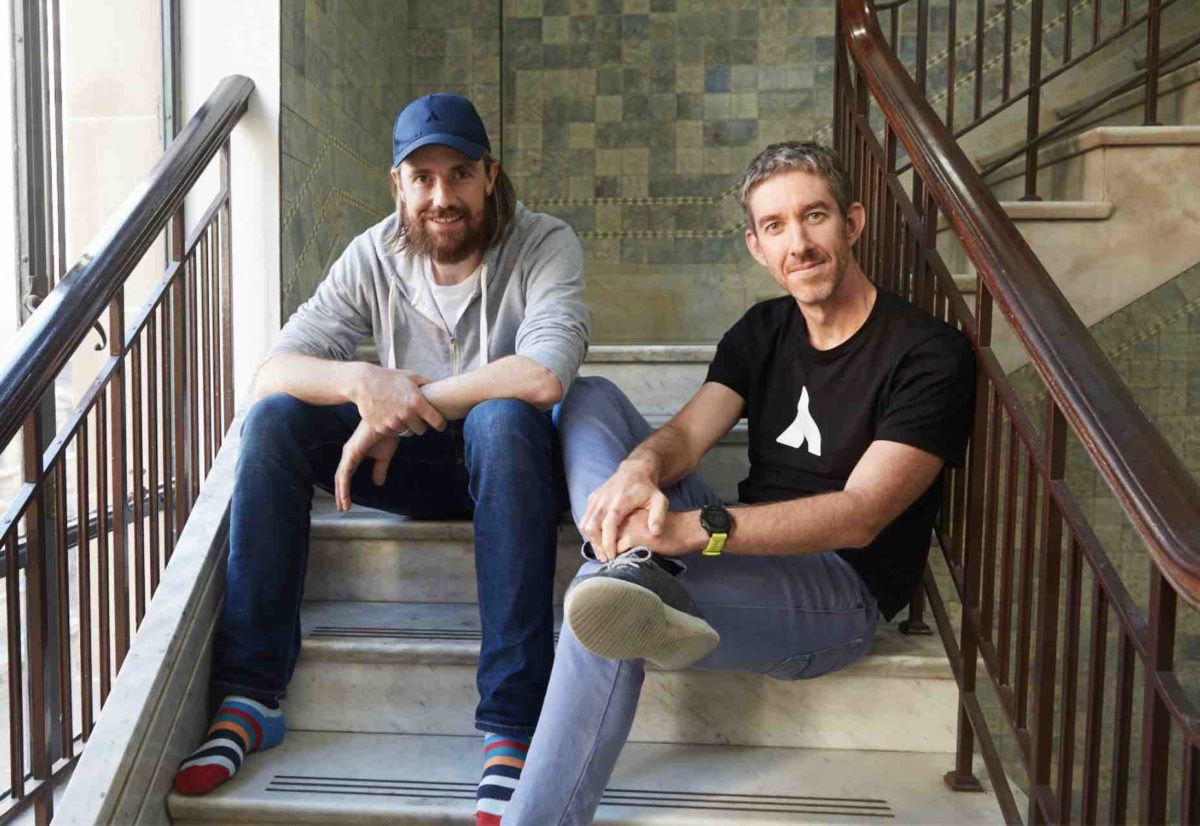The surprise bid for renewables and storage developer Genex Power announced on Monday morning by billionaire Scott Farquhar and his wife Kim Jackson tells two interesting stories about Australia’s green energy transition.
The first is that the three richest men in Australia – Andrew Forrest ($27 billion), Mike Cannon-Brookes ($20.2 billion), and Farquhar (20.1 billion), and their spouses – are now firmly behind the green transition and are committing their private money to the shift.
The second is the view that this transition is better funded by private capital than public companies. That’s a shame and a big disappointment for the many small investors who are keen to invest what they can afford in the green shift they believe must and will happen.
But the reality is that public companies have struggled for market valuation and fund raising. Farquhar and Jackson and their partners at private equity firm Stonepeak are simply seizing on the opportunity presented by a big and protracted fall in the Genex share price in the last 12 months.
The market is always conscious about the likely need for further capital raisings to fund this project or another. The belief, as it was for the Andrew Forrest led bid for Windlab, and the takeovers of Tilt Renewables and Infigen Energy is that this funding is best achieved in private hands and with patient capital.
And capital is one thing that Australia’s richest men, and the huge and growing number of private funds, have at their disposal.

Genex is not the first green energy investment for Skip Capital. And it should be noted here that the driving force appears to be as much Farquhar’s wife Kim Jackson, a former senior executive at infrastructure investor Hastings, as the Atlassian co-founder.
Unlike Cannon-Brookes and Forrest, Skip Capital is not – or at least not yet – an “activist” investor, and is working largely within the green energy industry, rather than trying to convert fossil fuel companies to renewables.
The Skip Essential Infrastructure Fund lays claim to interests in more than 100MW of distributed and in front of the meter renewables capacity, mostly through Solar Bay, which built Australia’s largest rooftop solar and microgrid installation at Moorebank Logistics Park in NSW.
Skip has a deep interest in Genex. It came on board early last year in a funding round for the pumped hydro project – the first to be built in Australia for four decades, and then cemented its position with another funding round in February this year for the ground-breaking Bouldercombe battery project.
Grok Ventures, the private fund owned by Cannon-Brookes and his wife Annie, is also an investor in Solar Bay, and is also believed to have a small shareholding in Genex.
Skip also has shareholdings in transmission companies TransGrid, Victoria Power Networks and SA Power Networks, where much of the investment in the green energy transition will take place.
Cannon-Brookes’ Grok Ventures is best known for its audacious bid for AGL Energy, again co-founded by a deep pocketed private investor, in this case Brookfield. Cannon-Brookes has loudly criticised both the previous Coalition, and the AGL board, over their resistance to ambitious net zero targets.
Grok still holds around 11.8 per cent in AGL, and while the takeover bid has been withdrawn, AGL has since abandoned its proposed demerger and is presumably now looking to fast-track its exit from coal and its commitment to renewables and batteries, and smart home offerings.
Cannon-Brookes is also co-investing with Forrest in Sun Cable, the developer of the hugely ambitious project to build up to 20GW of large scale solar in the Northern Territory and up to 42GWh of battery storage to provide power to Darwin and mostly to Singapore via a 4,200km sub sea cable.

Forrest, of course, has also become an evangelist of the transition to green hydrogen and green ammonia, with an incredibly optimistic goal of producing 15 million tonnes of the stuff each year by 2030, a target that would require more than 450GW of wind and solar if using that as the feedstock.
He has also become a major critic of the fossil fuel industry and its attempts at “greenwashing”, and of the previous Coalition government, although he did manage to bring former prime minister Scott Morrison face to face with something he had never seen in close quarters before, a large scale solar farm.
And while a lot of Forrest’s announced projects remain at the MoU stage, construction has begun on the world’s biggest hydrogen electrolyser manufacturing facility near Gladstone, and on the massive Clark Creek wind farm, the first stage of a huge $3 billion renewable, storage and hydrogen precinct, also in Queensland.
Forrest’s Fortescue Future Industries has also outlined plans for a 5.4GW wind and solar project in the Pilbara that will transform its mining operations there.
And it has hired a staggering number of senior executives, including former AGL boss Andy Vesey, former RBA deputy CEO Guy Debelle, former CleanCo boss Maia Schwartzer and the former head of GE Europe, Mark Hutchinson, as its CEO.
The involvement of the Forrests, the Cannon-Brookeses, Farquhar and Jackson underline the point that capital is already turning green. The big challenge for Australian politicians still too timid to go with the science on their climate targets and policies is to ensure that green capital can be attracted to these shores.
As RenewEconomy highlighted last week, and despite the best efforts of Forrest and Co, Australia is in danger of missing out on the opportunities of the green hydrogen transition and of fulfilling its dream of becoming a renewable superpower.
Yes, it leads the world, by some considerable margin, in the scale of project proposals, but it trails the global leaders in terms of actual projects.
Maybe that has something to do with the power and influence of the other members of the Australian rich list, and its big media players, particularly Murdoch’s News Ltd and the Nine Network, which view renewables with the same suspicion that the ticket-holders looked at facilities at last weekend’s Splendour in the Grass Mud.
The AFR rich list is, of course, topped by Gina Rinehart ($31 billion), best known for her support of coal, her funding of the Institute of Public Affairs, and most recently of her pre-election complaints in the Murdoch media that solar and battery storage is too expensive.
The rest of the rich list may also have some interests in renewables, but for the moment most of their interests and priorities lie in property, pokies, hamburger chains and media. It’s not too late to catch up.
See also: Atlassian billionaire leads takeover bid for solar and storage developer Genex
And: Solar farms pocket eye-watering returns as fossil fuels drive power prices higher










